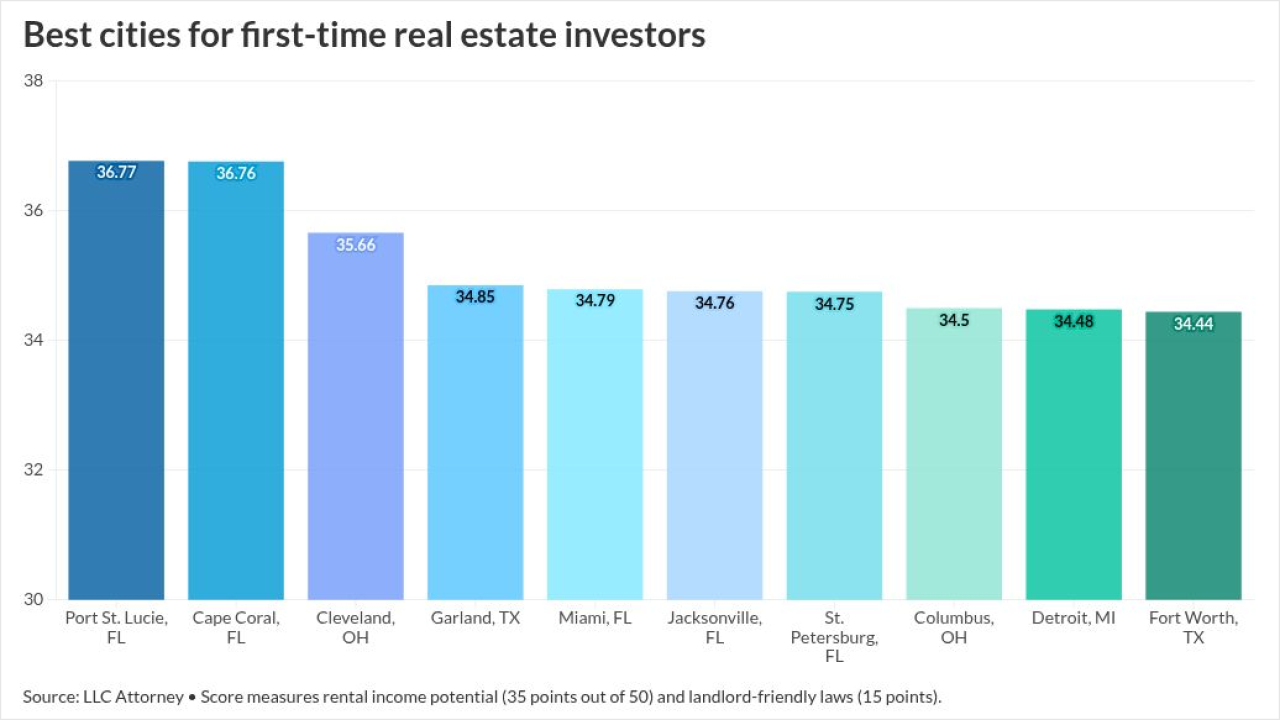The Federal Reserve’s decision to
Immediately following the Fed’s announcement, the MBA had not changed its forecast for a rise in mortgage rates from just above 3% to 4% by year-end 2022. However, the group also noted that, with the announcement, the rate outlook has become more uncertain, and its estimate could change when it later issues its final forecast for the year.
“While market participants likely anticipated this change to [the Fed’s] asset purchases, the more hawkish view with respect to rate hikes may well have surprised the market,” MBA Chief Economist Mike Fratantoni said in an emailed press statement.
Rates “may be more volatile as the Fed backs away from the market,” he added. “Although this will lead to a drop in refinances, we expect that the strong economy will support an increase in home sales in 2022.”
Even before the Fed’s announcement, nearly two-third of respondents to Fannie Mae’s latest quarterly lender survey were already expecting profits margins to drop, up from 46%

Rates, the waning of pandemic-related stimulus programs, and the strain from rising home prices are key reasons why 31% of lenders surveyed by Fannie Mae expect a change in borrower demand that could lead to lower profit margins. That concern about consumer sentiment was up from 21% the previous quarter and 23% a year earlier. The percentage of lenders identifying this as a top concern hasn’t been this high since the fourth quarter of 2019, when the share of respondents in this category was 36%.
Lenders like Caliber Home Loans are increasingly looking for alternative ways to meet the needs of new households without straining consumer finances.
“With the demand for single-family homes remaining strong amid a supply-chain crisis, prospective buyers will drive new demand for alternative home types such as condos, renos and multifamily properties,” said James Hecht, executive vice president in retail lending at Caliber, in an email, noting that products like non-warrantable condo loans is offering through a new division, “open up the doors to homeownership for entry-level buyers.”
Lenders are likely to be helped along by the unusually strong profitability they’ve seen from rate stimulus over the past year and a half.
“While margins have dropped, they’re incredibly wide compared to where they were in 2019,” Fannie Mae Chief Economist Doug Duncan said in an interview. “They’re still above where they were pre-pandemic.”
With the spread between the rates lenders charge borrowers and the price they can get for selling their loans historically high, the outlook for home financing remains relatively strong, he said.
The primary-secondary spread was 127 basis points in the third quarter. That number was up 13 basis points above the 2019 average, but down from its peak of 174 in the third quarter of 2020, based on an analysis of data from the Mortgage Bankers Association, Federal Reserve, Fannie Mae and Freddie Mac. At $2,594 per loan in the third quarter of 2021, net production income
While housing and profit margins can still be historically attractive, many lenders will likely need to focus more on expense management
“The competition will force lenders to create some efficiencies, or they’ll be in trouble from a net earnings perspective,” Duncan said. “The trick is to invest in technology that converts fixed expenses to variable costs, so when volumes fall, they can adjust to the current level of activity.”
This will likely need to be addressed through increased use of automation, and
“It’s an open question, and the pace at which rates change will impact that,” said Duncan.


